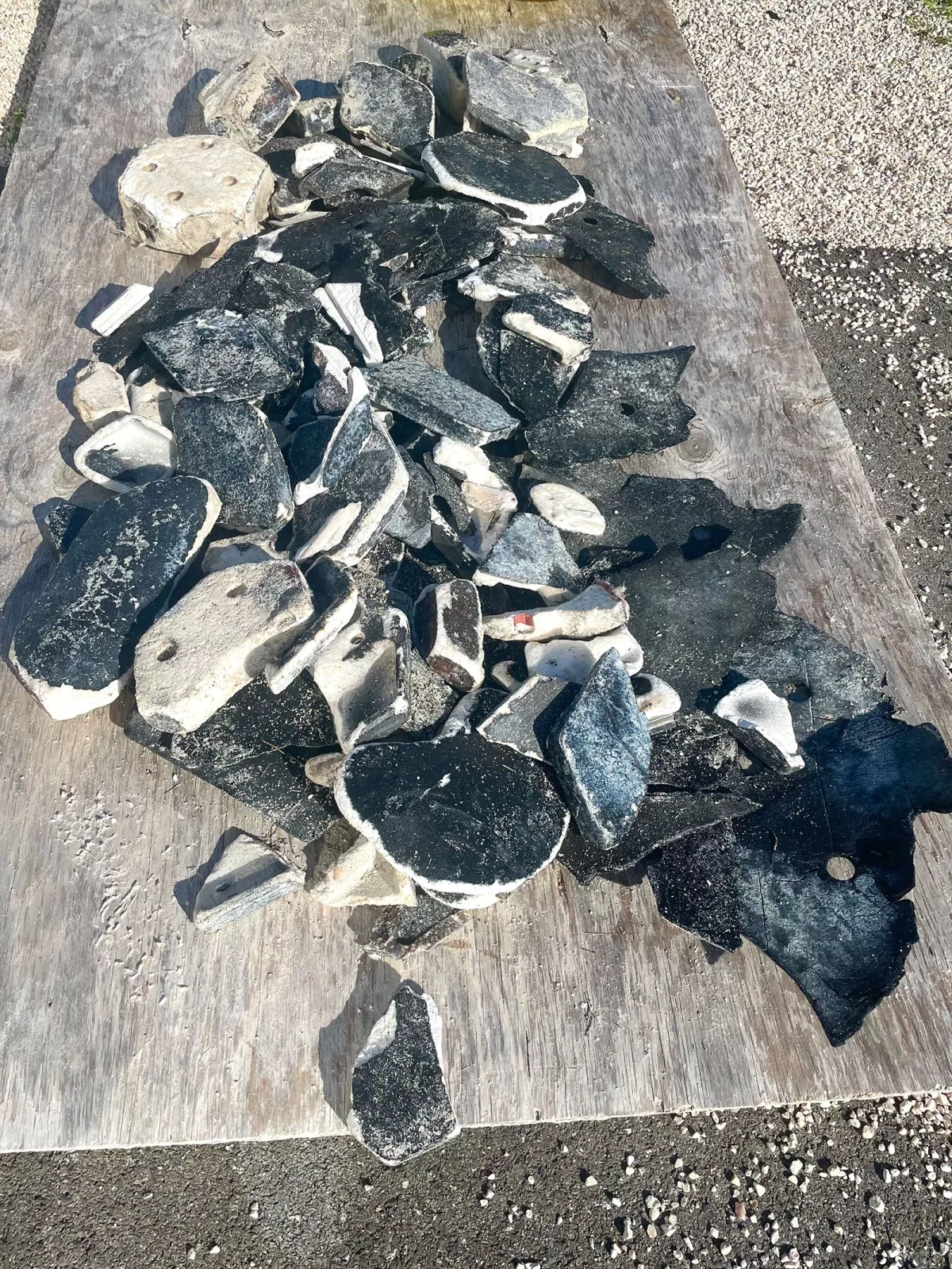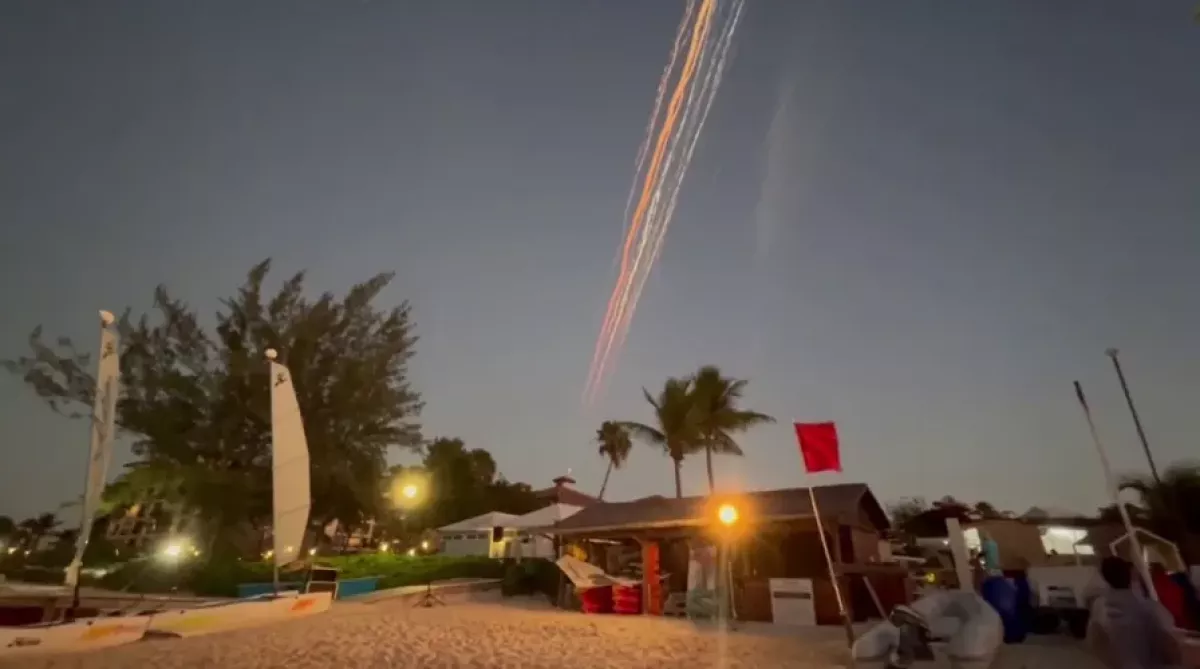Implications of cleanup work from SpaceX’s exploded Starship launch
SpaceX is preparing for its next Starship test flight, tentatively scheduled for February 24, following a previous test in January that ended in an explosion. However, the company must first complete an investigation into the mishap and obtain regulatory approval before proceeding as the explosion scattered debris across the Caribbean, disrupted commercial air travel, and raised safety concerns among aviation regulators.
The Federal Aviation Administration (FAA) and aviation-safety officials are evaluating changes to future launches to prevent similar incidents. As the Wall Street Journal reports, an FAA safety panel, which was already scheduled before the SpaceX explosion, will review procedures for ensuring aircraft safety in the event of space debris. SpaceX has stated that it will implement corrective measures to improve Starship flight tests going forward.
The explosion, which occurred minutes after launch on January 16, alarmed air-safety officials due to the risk posed by falling debris. Residents of Turks and Caicos, where some of the wreckage landed, have been collecting pieces of the spacecraft, including heat-shield tiles and burnt rubber. Residents expressed concerns about potential health risks and called for regulatory clarity on the next steps.
The incident has further heightened tensions between SpaceX and the airline industry, as Starship’s increasing launch frequency could pose ongoing risks to air traffic. Videos captured by airline passengers and pilots showed the spacecraft breaking apart in the atmosphere. The FAA imposed a temporary no-fly zone after debris fell into regularly trafficked airspace, causing widespread flight disruptions. The explosion delayed over 240 flights, with 75 experiencing delays of at least an hour. A dozen airborne flights were forced to hold their positions for an average of 41 minutes. While no planes were struck and no injuries were reported, the FAA confirmed minor damage to a vehicle on the ground in Turks and Caicos.

To minimize future risks, aviation-safety officials are considering requiring SpaceX to conduct Starship launches at night when commercial air traffic is lighter seeing as SpaceX has previously faced scrutiny over its testing practices. In April 2023, Starship’s first launch destroyed talready he launchpad, sending debris into the Gulf of Mexico. SpaceX later installed a water suppression system to mitigate damage, but environmental groups criticized the company and regulators for not taking stronger precautions.
As SpaceX works to push the boundaries of space exploration, its test flights continue to pose challenges for aviation and environmental safety. The coming weeks will determine whether the company receives clearance for its next launch and what regulatory changes may be implemented to prevent further disruptions.

By Nazrin Sadigova








